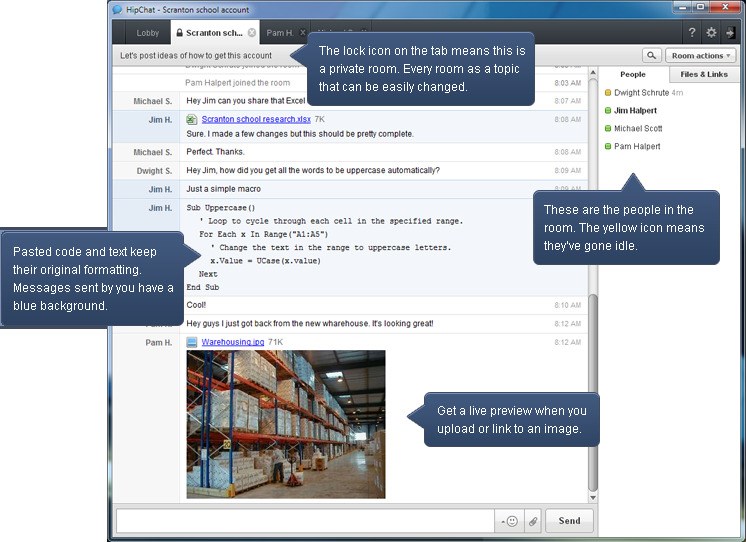

One caveat will be the Moon, which is full on 13 July, making it difficult to navigate this area of sky around mid-month. This places 9 Metis within small telescope range. +9.7.īy July’s end it only dims by one tenth of a magnitude to end the month at mag. +10.1, brightening towards opposition on the 20th, when it shines at mag. +4.7 and thanks to the area being devoid of much else, do tend to stand out.

These stars range in brightness from mag. The situation does improve throughout July though, thanks in part to darkening skies, but also by virtue of a small kite-shaped pattern – the Little Kite – formed by 58 Omega, 59, 60 and 62 Sagittarii. Credit: Astronomical Institute of the Charles University: Josef Ďurech, Vojtěch Sidorin. Lightcurve-based model of Asteroid 9 Metis. Interestingly, its size combined with its varying distance from Earth means it presents an angular diameter that varies between 0.2 and 0.7 arcseconds. It completes an orbit of the Sun once every 3.63 years, its orbital path taking it out as far as 2.57 AU and in as close as 2.15 AU. It’s a large example, only beaten in size by dwarf planet Ceres. As its prefix number suggests, it was the fourth minor planet discovered. Vesta was discovered on 29 March 1807 by Wilhelm Olbers, part of the so-called Celestial Police.

+6.2, but is still an easy binocular target. +6.4 object on 1 August, brightening to its opposition magnitude of +6.0 on 18 August, a value it maintains through to 25 August.īy the end of the month it will have dimmed to mag. +3.3 Delta (δ) Aquarii as the navigational starting point at the beginning of the month. Vesta begins August 2022 5º north-northeast of the Helix, ending the month 5º to the west of it. Equipment: QHYCCD QHY294C Pro camera, William Optics Redcat 51 apo refractor, iOptron Sky Guider Pro mount The Helix Nebula byMainak Chakraborty, Kolkata, India, 2 October 2021.


 0 kommentar(er)
0 kommentar(er)
